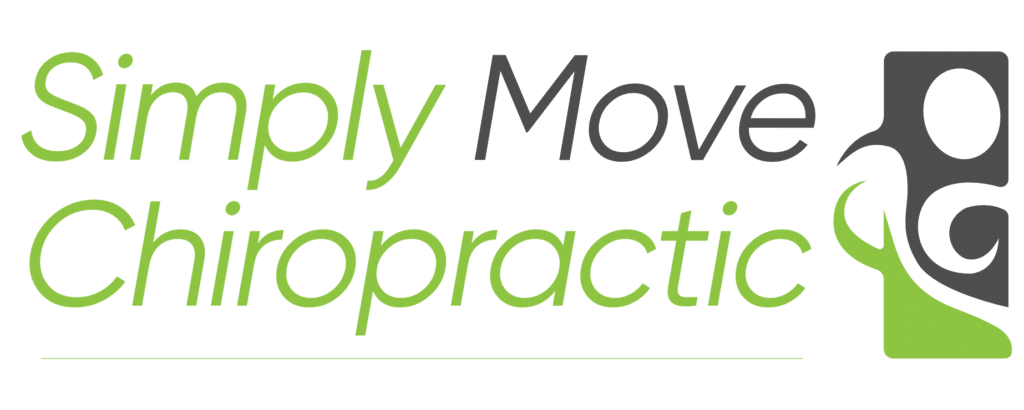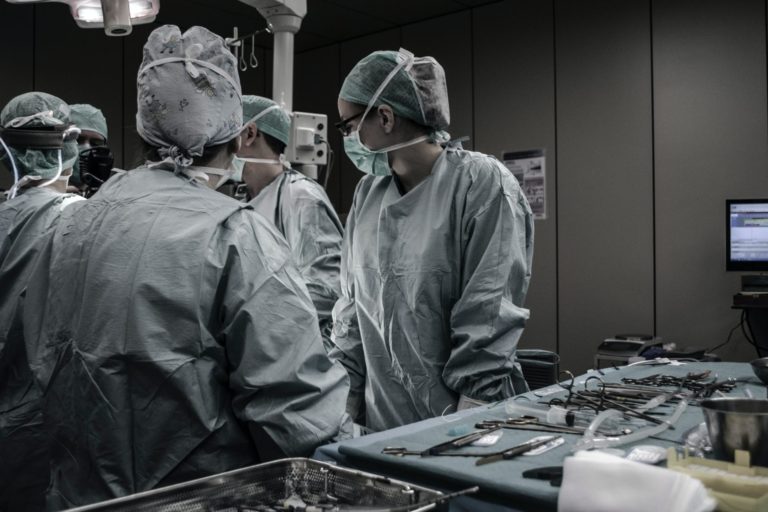Sciatica is a common condition that affects millions of people worldwide and many right here in Charlotte. It occurs when the sciatic nerve, which runs from the lower back down to the legs, becomes irritated or compressed. This can result in pain, numbness, and weakness along the nerve’s pathway, making it difficult to perform daily tasks and enjoy an active lifestyle. One effective treatment option for sciatica is Active Release Technique (ART), a non-invasive manual therapy that can help alleviate pain, improve mobility, and promote overall wellness. In this blog post, we’ll discuss what the Active Release Technique is and how it can be an effective treatment option for sciatica.
What is the Active Release Technique (ART)?
Active Release Technique is a soft tissue therapy that aims to break down scar tissue and adhesions that form in muscles, tendons, and ligaments. These adhesions can be caused by overuse, injury, or the natural aging process, and can lead to pain, restricted movement, and reduced function. ART combines targeted manual pressure with specific patient movements to help restore normal tissue function and improve range of motion.
How Does ART Treat Sciatica?
Sciatica often results from compression or irritation of the sciatic nerve, which can be caused by factors such as a herniated disc, spinal stenosis, or piriformis syndrome. Active Release Technique can help treat sciatica by addressing the underlying causes and improving the function of the affected muscles and nerves.
Reducing Nerve Compression: The manual pressure applied during ART can help to break up adhesions and scar tissue around the sciatic nerve, reducing compression and inflammation. This can help alleviate pain and improve nerve function.
Improving Muscle Function: ART can help restore normal muscle function by breaking up adhesions within the muscles and increasing flexibility. This can reduce the strain on the sciatic nerve and help alleviate symptoms of sciatica.
Addressing Piriformis Syndrome: In some cases, sciatica may be caused by piriformis syndrome, a condition where the piriformis muscle in the buttocks irritates the sciatic nerve. ART can help to release tightness in the piriformis muscle, reducing pressure on the sciatic nerve and alleviating pain.
Enhancing Overall Mobility: By improving the function of muscles, tendons, and ligaments, ART can help to increase overall mobility, making it easier for individuals with sciatica to participate in daily activities and maintain an active lifestyle.
What to Expect During an ART Session for Sciatica
During an Active Release Technique session, I will first conduct a thorough assessment to determine the root cause of your sciatica and identify any muscle imbalances or restrictions that may be contributing to your pain. I will then use their hands to apply targeted pressure to the affected areas, while guiding you through specific movements to help break up adhesions and restore normal tissue function.
You may experience some discomfort during the treatment, but this should be temporary and is generally well-tolerated by most patients. Depending on the severity of your condition, you usually require several sessions to achieve optimal results. For a patient that I feel would benefit ART I usually recommend 1 treatment/week for 2-3 weeks and re-assess after.
Benefits of ART for Sciatica
There are several benefits to using Active Release Technique as a treatment option for sciatica, including:
Non-invasive: ART is a non-invasive treatment option that does not require the use of medications or surgery, making it an attractive option for those looking for a natural approach to pain relief.
Quick results: Many patients experience relief from their sciatica symptoms after just a few ART sessions, with continued improvement as they progress through their treatment plan.
Improved mobility: By addressing the underlying causes of sciatica and improving muscle function, ART can help to increase overall mobility, allowing patients to enjoy a more active lifestyle.
Preventative care: Regular ART sessions can help prevent the recurrence of sciatica by maintaining healthy muscle function and reducing the risk of nerve compression.
Holistic approach: ART focuses on treating the whole person, not just the symptoms of sciatica. By addressing muscle imbalances and promoting overall wellness, patients can experience long-lasting relief and improved quality of life.
Conclusion
I have found Active Release Technique to be an effective, non-invasive treatment option for those suffering from sciatica. By addressing the root causes of pain and improving muscle function, ART can help to relieve pain, increase mobility, and promote overall wellness. If you’re struggling with sciatica and looking for a natural, non-surgical approach to pain relief, consider scheduling a consultation with me. I can help you develop a personalized treatment plan to get you back on the path to a pain-free, active lifestyle.





